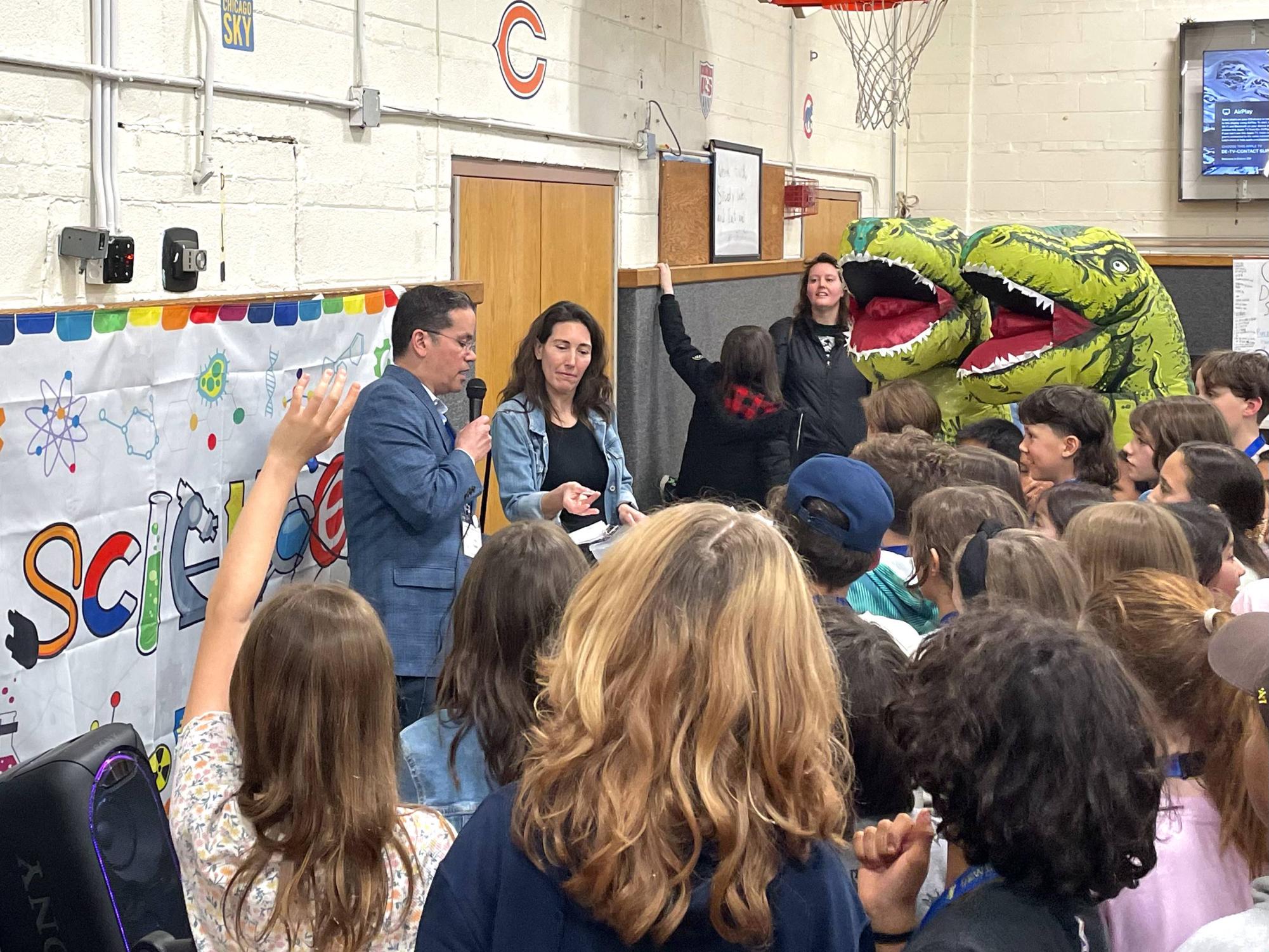Sparking Young Minds: NU Scholars Ignite Elementary Students' Science Passion

Young Scientist Explores the Power of Paper Color in Math Performance
When most fifth-graders are focused on playground games and lunch breaks, Kira Hunt was busy conducting a fascinating scientific investigation. Her curiosity led her to explore an intriguing question: Could the color of paper actually influence how students solve math problems?
With a spark of scientific enthusiasm, Kira developed a clever hypothesis. She believed that brightly-colored paper might help students tackle math challenges with greater speed and precision. Determined to test her theory, she designed a carefully planned experiment that would put her idea to the test.
Over the course of a month, Kira worked diligently, collecting data and observing her classmates' performance. Her research aimed to uncover whether something as simple as paper color could make a meaningful difference in mathematical problem-solving.
What began as a school science project quickly transformed into an inspiring example of young scientific curiosity and methodical research. Kira's experiment demonstrated that even elementary school students can ask profound questions and seek innovative answers.
